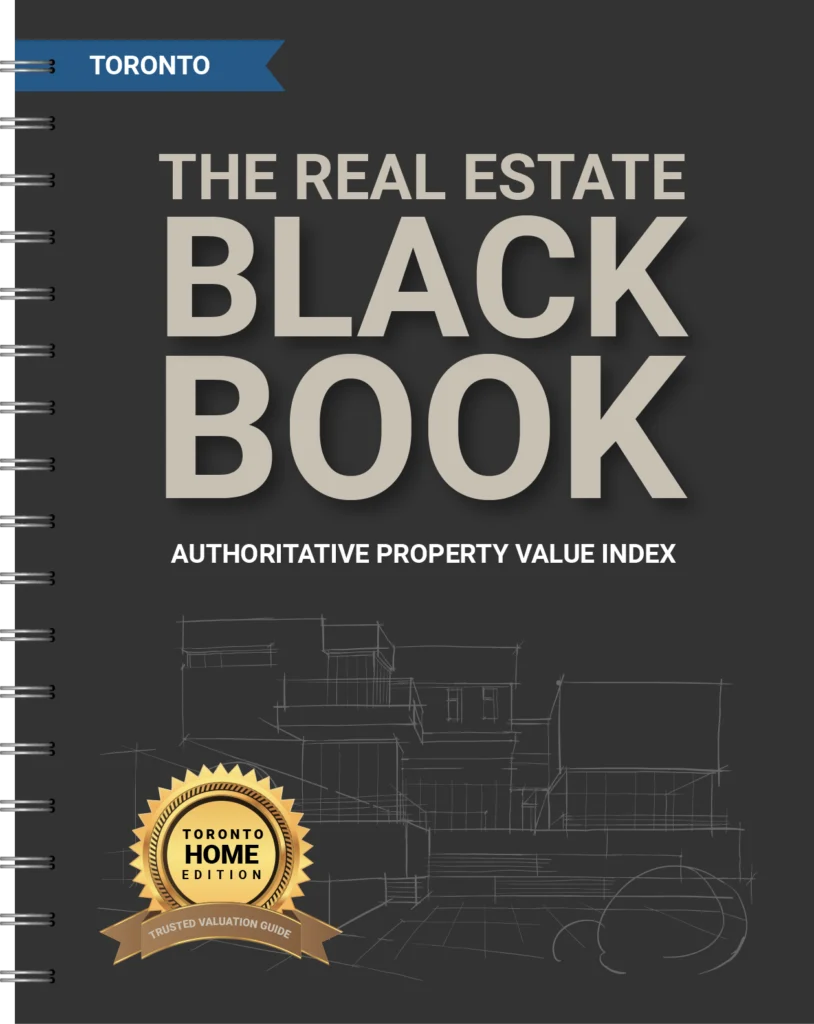As Toronto’s real estate evolves, so too do the rules and requirements that govern mortgages. One of the most significant shifts impacting Toronto homeowners in 2024 is the updated mortgage stress test. This article explores what’s changing with the mortgage stress test and how these changes could affect your plans to buy or refinance a home.
Understanding the Mortgage Stress Test
The mortgage stress test, introduced in 2018, is a regulatory measure designed to ensure that Canadians can afford their mortgage payments even if interest rates increase. Simply put, it tests whether you could still afford your payments if rates were to rise beyond what your initial contract offers. This measure was introduced by the Office of the Superintendent of Financial Institutions (OSFI) to prevent homeowners from becoming over leveraged and to strengthen financial stability across the country.
In 2024, new adjustments are being made to the mortgage stress test rules, which are particularly important for Toronto homeowners. The changes aim to strike a balance between keeping borrowers safe from potential rate hikes and making homeownership more accessible in a challenging housing market.
What’s Changing with the Mortgage Stress Test in 2024?
One of the most significant updates to the mortgage stress test is the recalibration of the qualifying rate. Previously, borrowers were required to qualify at either the contracted mortgage rate plus 2% or the Bank of Canada’s benchmark rate, whichever was higher. This rule still applies, but the benchmark rate and the conditions for exceptions have seen updates.
1. Modified Qualifying Rates with the Updated Mortgage Stress Test
In response to rising interest rates, OSFI has introduced a revised method for calculating the qualifying rate. Under the new guidelines, the qualifying rate for uninsured mortgages (those with a down payment of at least 20%) has been adjusted to reflect more realistic future interest rate scenarios. This change means that the stress test is no longer as conservative as before, potentially allowing more buyers to qualify for a mortgage.
For insured mortgages (those with less than 20% down payment), the stress test now takes a more flexible approach. The Bank of Canada benchmark rate is still a crucial factor, but new provisions allow lenders to assess individual risk profiles more carefully. This adjustment aims to help more first-time buyers get into the market without unnecessary hurdles.
Examples of How Modified Qualifying Rates Could Impact Borrowers:
- First-Time Buyers: With a less stringent qualifying rate, more first-time buyers may now qualify for their desired mortgage amount, making it easier to enter the competitive Toronto housing market.
- Homeowners Seeking to Refinance: For homeowners looking to refinance, the new rules could result in qualifying for a larger amount or achieving better terms on their existing mortgage.
- Buyers with Strong Financial Profiles: Borrowers who have strong credit histories and savings habits may find it easier to qualify, as lenders take a more personalized approach.
These changes reflect the goal of balancing financial stability with accessibility for homeowners, particularly in markets like Toronto, where affordability is a major concern.
2. Individual Borrower Considerations
The stress test is evolving to consider the financial profiles of individual borrowers more carefully. Lenders are now encouraged to evaluate each applicant’s debt servicing ratios more holistically. For example, if a borrower has consistently shown strong savings habits or a stable income history, they might face slightly less stringent stress test requirements. This move could benefit many in Toronto, where the housing market can be particularly demanding.
Factors Lenders May Consider for Individual Borrowers:
- Savings History: Lenders may consider borrowers with a proven history of saving diligently, allowing for more flexibility in the stress test requirements.
- Income Stability: Applicants with stable employment and consistent income may qualify more easily compared to those with irregular earnings.
- Debt-to-Income Ratio: A strong debt-to-income ratio will work in favour of the borrower, as lenders assess their overall financial health.
These considerations mean that individual financial behaviours and habits can significantly impact one’s ability to qualify for a mortgage, which could open more doors for responsible borrowers.
3. Flexibility for Mortgage Transfers with the Updated Mortgage Stress Test
Perhaps most relevant to homeowners considering moving their mortgage from one bank to another, the updated stress test rules provide increased flexibility for mortgage transfers. If you are transferring your mortgage to a new lender, you may not need to re-qualify under the new stress test rules, depending on the circumstances. This is a welcome change for Toronto homeowners looking for better rates or improved terms without the risk of failing to meet stricter stress test requirements.
Key Benefits of Increased Flexibility for Mortgage Transfers:
- Simplified Transfer Process: Homeowners can transfer their mortgage without having to re-qualify under the stress test, making the process smoother and less stressful.
- Potential Cost Savings: By switching to a lender with better rates without undergoing a new stress test, homeowners can save money on their mortgage payments.
- Increased Bargaining Power: Homeowners may have more leverage when negotiating rates and terms with new lenders, knowing that the stress test rules are more accommodating.
These benefits make transferring a mortgage a more attractive option for those seeking improved financial terms without the hassle of re-qualification.
Final Thoughts
The 2024 changes to the mortgage stress test are opening new doors for many homeowners, particularly in Toronto’s competitive market. Whether you’re a first-time buyer trying to qualify for your dream home or a homeowner looking to refinance, understanding these changes is crucial. It’s important to navigate the process with care and ensure you are well-prepared for potential rate increases.
If you’re considering buying a home or refinancing, weigh the costs and benefits, assess your current financial situation, and speak with professionals who can guide you through the complexities of the process. With the right strategy, you could take advantage of today’s evolving mortgage landscape to save money and gain better control over your financial future.



